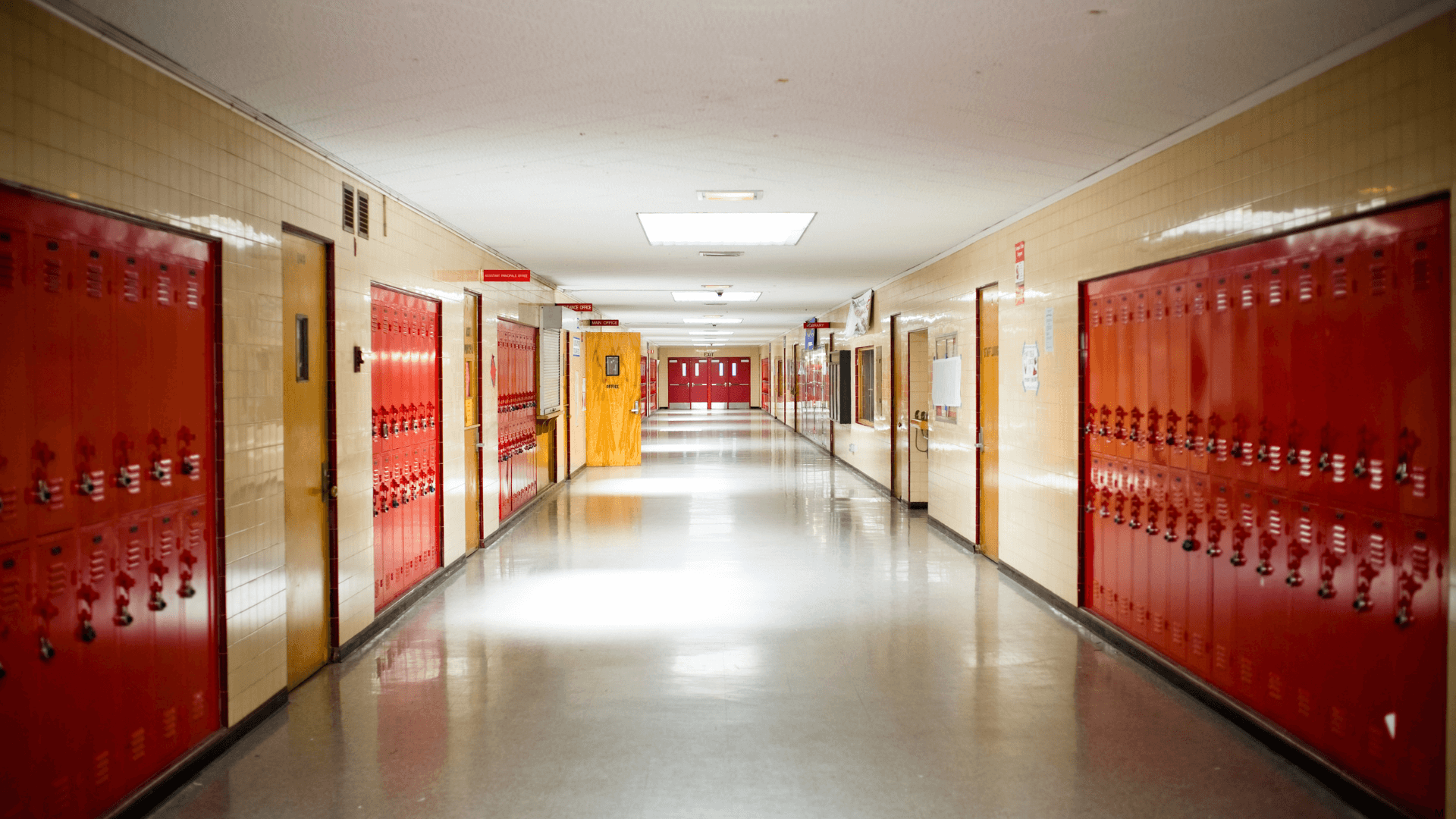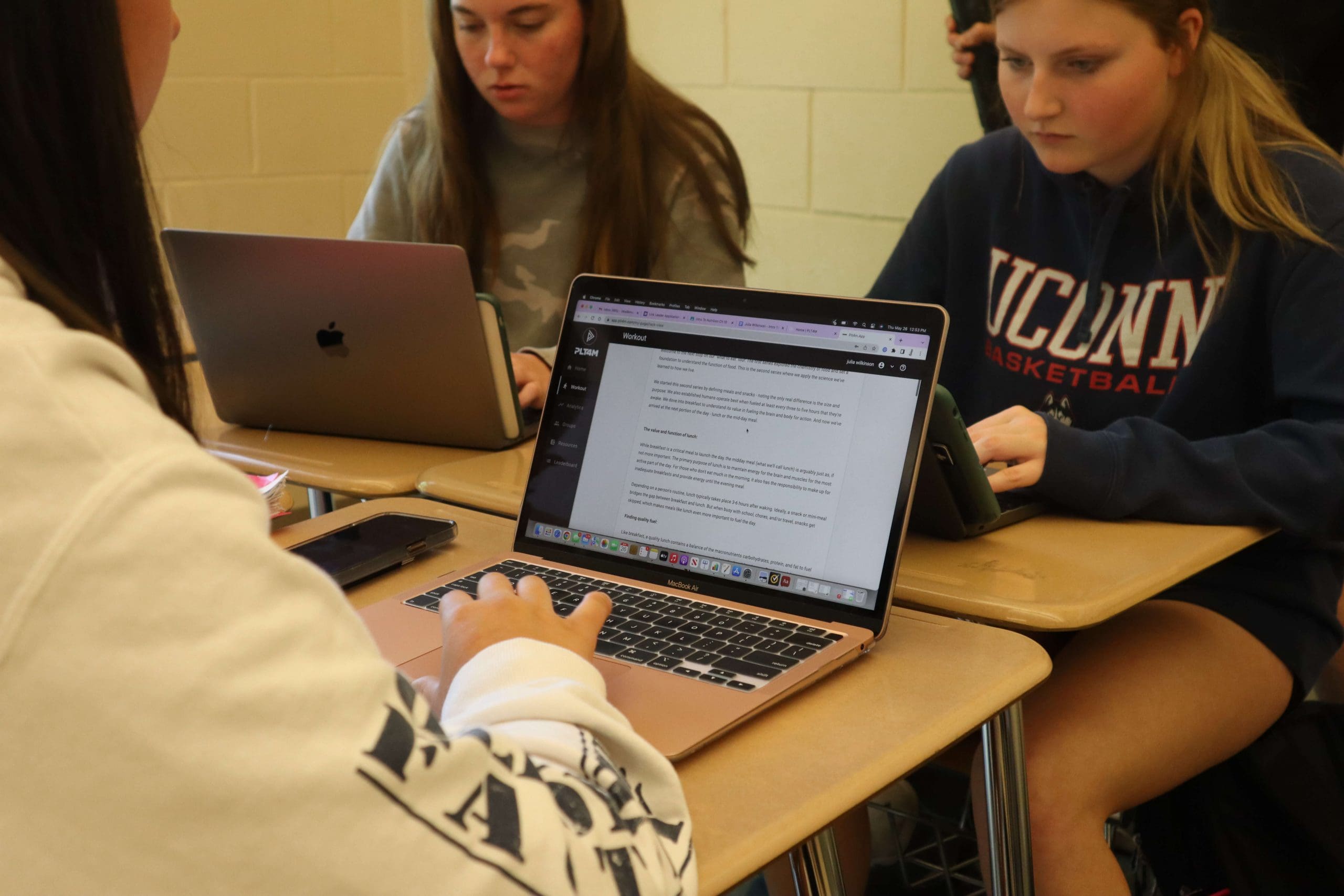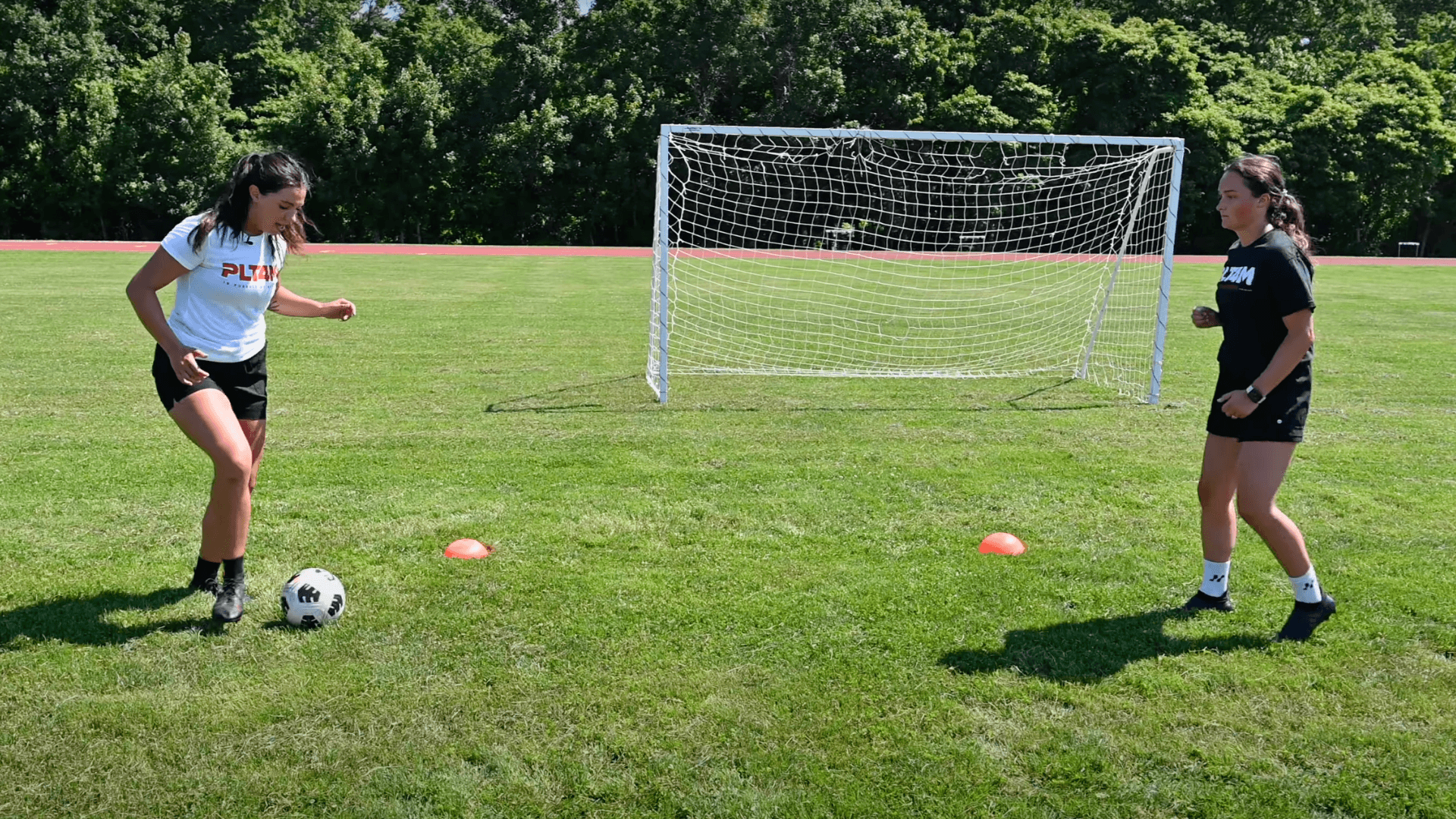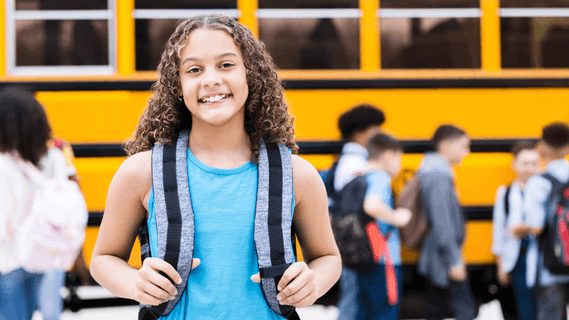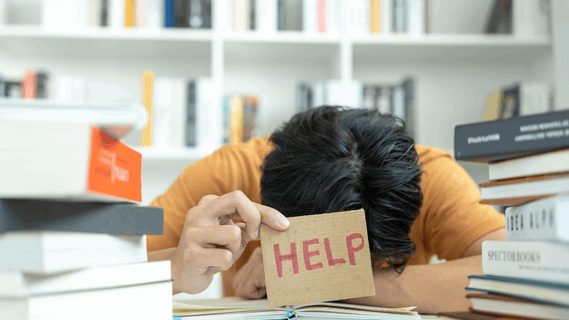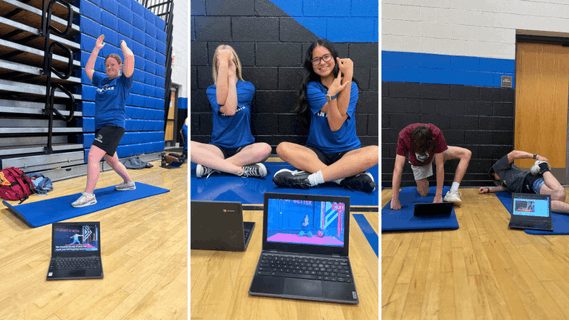The start of a new school year is an exciting time for students, families, teachers, and school districts. As everyone starts to plan for the upcoming year, this article explores back to school planning for physical education teachers. We discuss curriculum, assessment, equipment, and technology for physical education back to school planning
Back To School Planning Isn’t Perfect
Before we dive into the nuts and bolts of back to school planning for physical education, let’s be honest. Back to school planning isn’t perfect!
There are countless moving parts to a single school day, let alone an entire school year. How can you possibly plan for every aspect of the upcoming year?
Short answer: You can’t! And that is okay. Back to school planning is just that: a plan.
And while tips and tricks are helpful, PE teachers need actionable plans and strategies for the classroom. Moreover, physical education presents a unique set of challenges that makes planning even more difficult.
First, physical education classes often have the biggest class rosters, with upwards of 50 students per section.
Next, within these classes are students with various abilities, experiences, and interests.
Finally, you don’t have a central location or classroom where you will teach the whole school year. Instead, you will be in the classroom, gymnasium, fitness center, weight room, fields, court, and other unique places and spaces.
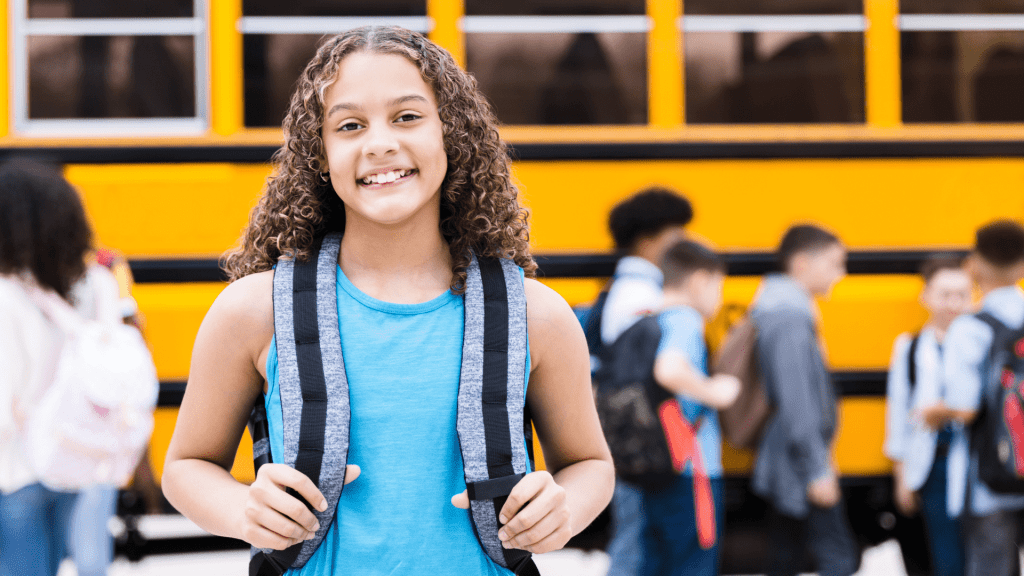
Simplifying Back To School Planning
If we can accept back to school planning will be challenging, we can begin to simplify what it is we need to get done before the upcoming school year.
To start, physical education teachers can define their overarching goal for students. Within most school districts, physical education sets out to instill lifelong fitness, health, and wellness skills in students.
With that goal in mind, teachers can start to look at the different key pieces that go into a successful physical education school year:
Curriculum and Lesson Plans – What types of curriculum and lesson plans will support my students’ lifelong fitness? In addition, what interests, experiences, and abilities do my students have?
Assessment – What types of assessments will check for learning and progress throughout the semester and school year?
Equipment and Space – What type of equipment and space (if any) are necessary for the different types of curriculum and lesson plans?
Technology – What type of technology will help support the different aspects of my physical education classroom, including lesson plan delivery, assessments, and more?
With these four questions, physical education teachers can unpack the bulk of back to school planning. Although other things like classroom rules and expectations also need to be planned for, this can come later once the big picture items are covered and taken care of.
3 Guiding Questions For Back To School Planning
Paired with the questions above, PE teachers can also use three guiding questions to help with back to school planning:
What things did we do in previous years that were successful and plan on continuing as is?
Are there things that worked in previous years but need to be updated or modified for the new school year?
What completely new things do we want to try (curriculum, equipment, technology) for the upcoming school year?
With these three questions, being honest and fair with yourself is important. Hopefully, you have things that fall under questions one and two. Back to school planning certainly doesn’t mean you must completely overhaul your approach to the upcoming school year.
But, with a fresh look, you might realize that there are new and exciting ways you want to incorporate and introduce via lesson plans, equipment, or technology to students. You may have gone to a conference or seen something online that sparked your interest and want to try. Now is a good time to see how these things fit into your upcoming semester.
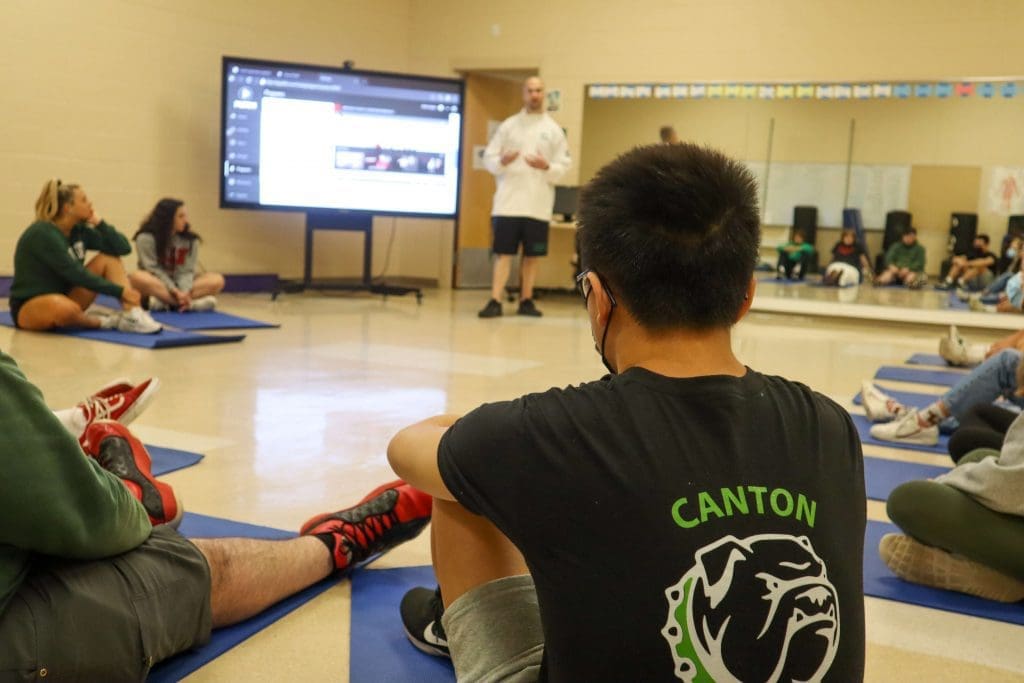
PLT4M’s Approach To Back To School Planning
Here at PLT4M, we believe in the power of a fitness-focused curriculum for students. More importantly, we have created a holistic and comprehensive approach to make back to school planning easy for physical education teachers. At PLT4M, we support physical teachers, students, and school districts with curriculum and technology for physical education. As a result, physical education teachers can spend more time relationship building and working directly with students.
Next, let’s look at the four categories outlined above and what back to school planning looks like for PLT4M school districts. Within each category, we have a full, in-depth article or resource to explore further if you are interested!
Curriculum and Lesson Plans
“There is no one set edition of a printed, published physical education curriculum in which we can quickly just adopt and follow. It is with this freedom that comes a great responsibility to provide a quality, standards-based program for students.”
Jessica Shawley, a PE teacher at Lewiston High School, succinctly highlights the unique challenge physical education programs face. There are countless physical education curriculum models that PE teachers can adopt. As a result, PE planning can feel like a never-ending puzzle.
But even with the endless options for physical education teachers to choose from, fitness curriculum is becoming a popular go-to for school districts across the country.
Fitness curriculum focuses on building skills in physical activity options that students can do beyond the walls of schools. For example, fitness education typically starts with foundational human movement patterns (squat, lunge, hinge, press, pull) and builds lifelong physical fitness skills in various fitness activity options like yoga, dance, pilates, weight lifting, and more.
Check out a sample lesson below from PLT4M Bodyweight Bootcamp. Click the big red button below the video to see more on curriculum!
Assessments
It is important to note that assessment does not equal testing. Testing implies pass/fail, and this, for our purposes, is useless when it comes to fitness, performance, and physical education. While even here at PLT4M, we still sometimes use the phrase fitness testing, we really mean the idea of formative assessments that allow us to check in on progress and learning.
Assessment in physical education better implies measurement and comparison. Assessment allows us to track qualities like performance abilities, fatigue levels and readiness, general health markers, and understanding of key concepts.
Shape America defines assessment as, “one of the four essential components of physical education — is the gathering of evidence about student achievement and making inferences about student progress based on that evidence.”
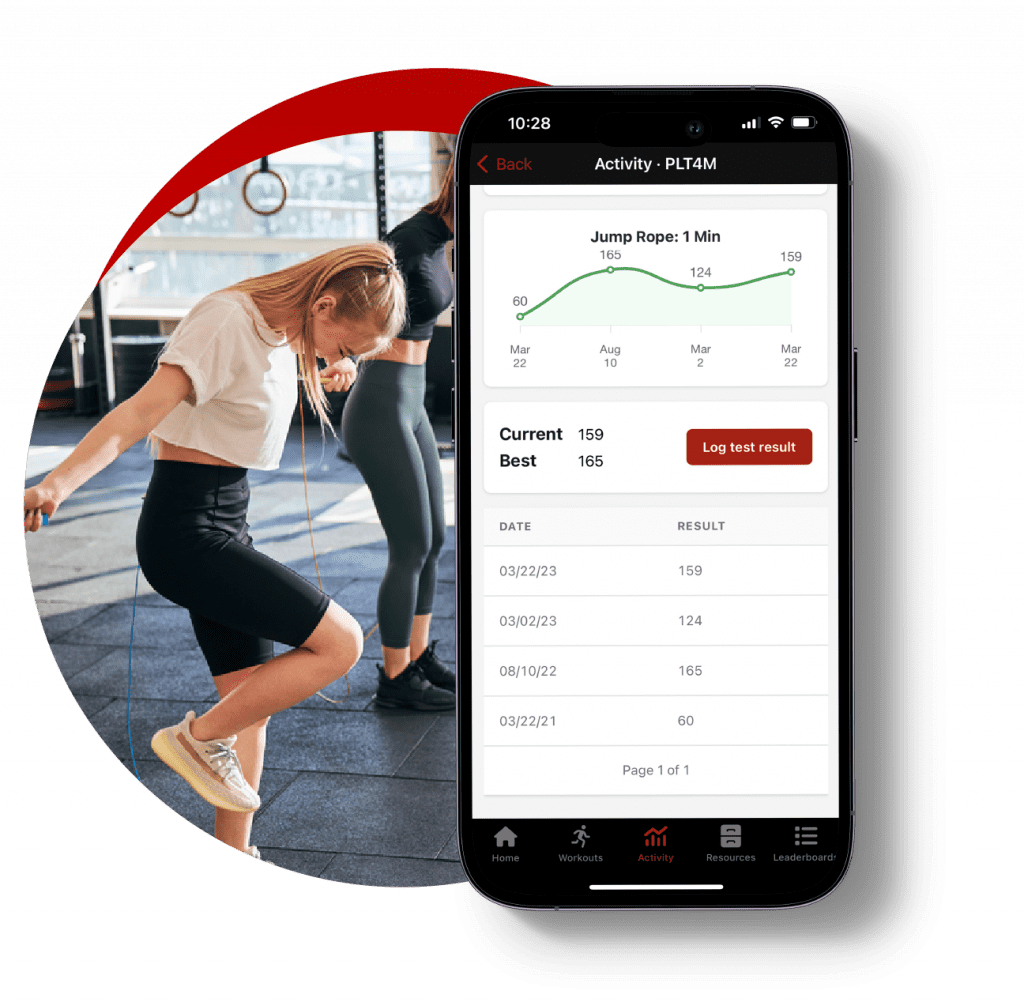
Equipment and Space
Physical education lesson plans require some combination of equipment and space. It is essential to identify what equipment you have and what equipment you will need.
At PLT4M, our programs range in totally bodyweight, limited equipment, and access to a weight room or fitness center. And there is plenty within each category for an entire semester of PE lesson plans.
If virtual learning and remote learning taught us anything though, we certainly can get creative with limited equipment and resources for physical education! Even school districts without state-of-the-art facilities can still take a fitness-focused curriculum.
Check out the video below to see more on our programs or click the big red button to see options for no equipment!
Technology
The benefits of PE technology are not limited to data tracking or pandemic response. Physical education teachers have seen the benefits of technology in creating more interactive and dynamic lesson plans.
As many schools have aimed to transition from a games to a fitness-based approach, integrating technology in physical education has been crucial. PE lesson plans have shifted so students can get personalized instructional materials right to any digital device.
In a recent survey, one PE teacher from Massachusetts said this about the benefits of technology,
“It helps to level the playing field for all students in PE. Students are already digital citizens and know how to use technology so well. As PE teachers, using smartphones and other technology is a no-brainer in PE!”
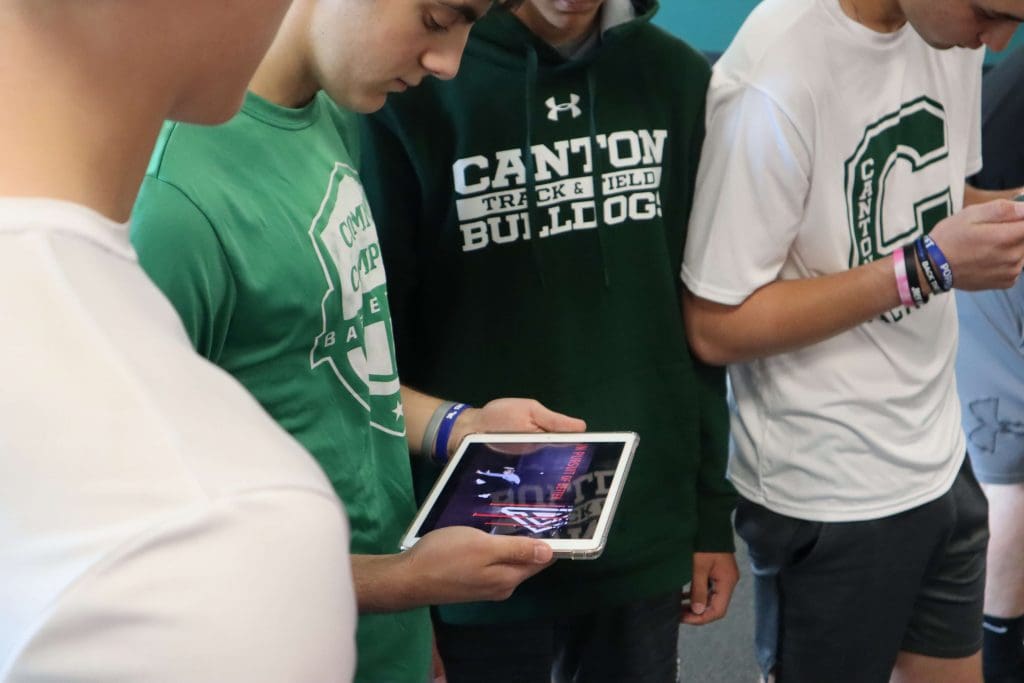
Key Takeaways on Back To School Planning
Back to school planning can be overwhelming. Don’t go at it alone!
Within most school districts, there are scheduled days for teachers to get ready for the school year. Work with veteran teachers, school counselors, and colleagues to make a plan for success.
In addition, utilize resources designed specifically for physical education! In the past, physical education teachers have felt isolated and alone when needing to tackle back to school planning. But now high quality curriculum and technology can make back to school planning and implementation easier than ever.

